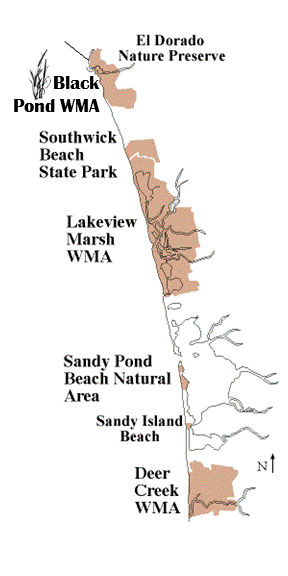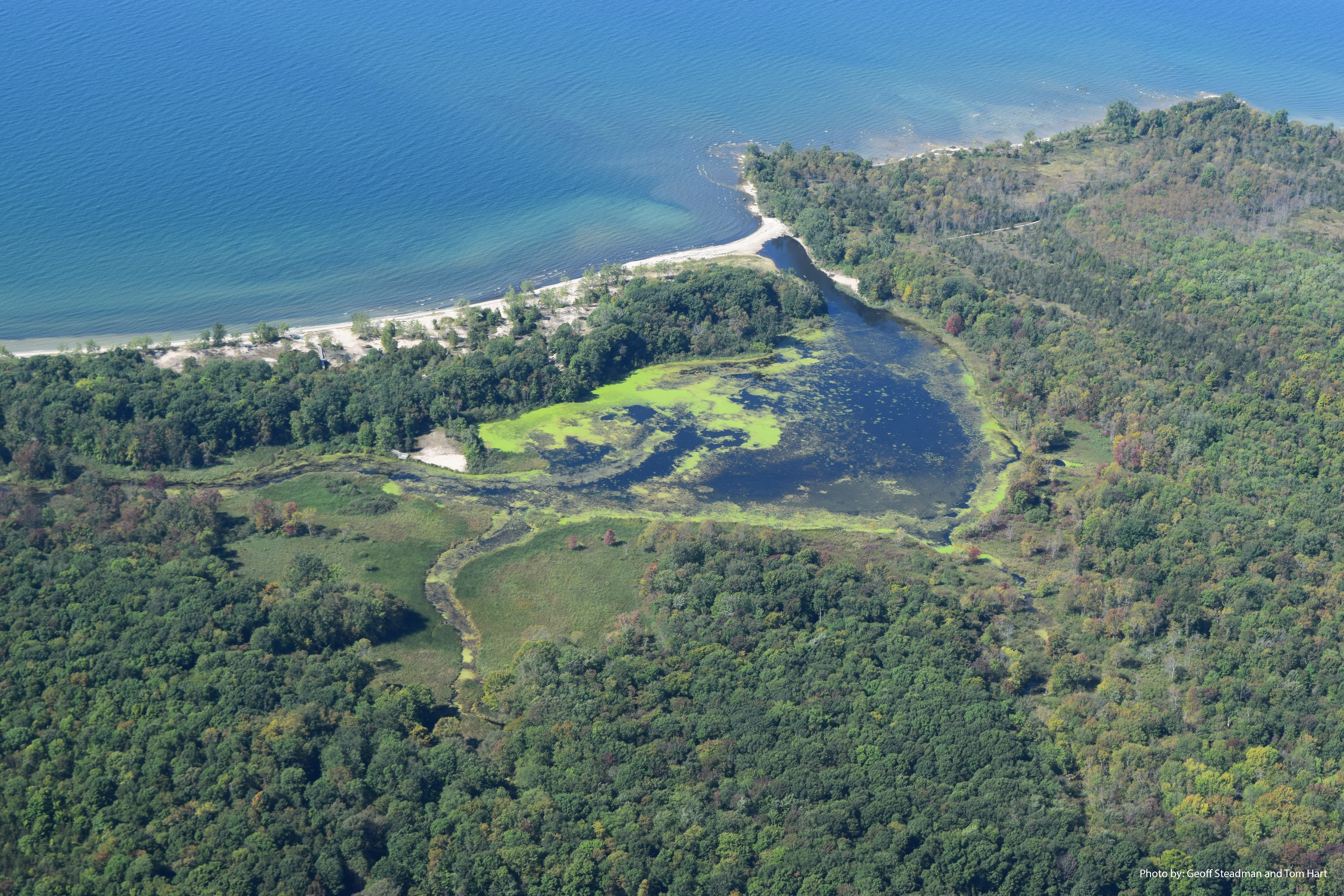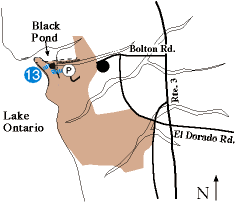Recreation

The sand dunes along the eastern shore of Lake Ontario are an integral part of a coastal barrier environment that consists of beaches, sand dunes, embayments and wetlands.
This barrier system, which extends for roughly 17 miles, contains the largest and most extensive freshwater sand dune formations in New York State.
Discover more about this fascinating coastal environment, including it's flora and fauna, the trails and boat routes available, and how you can help protect this area.

